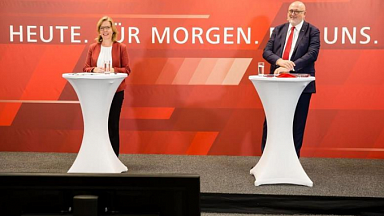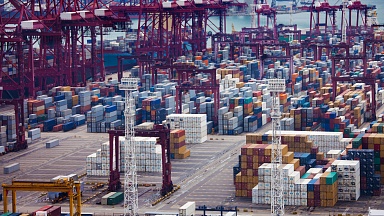This fully applies to the arrangement of work, as well as to the development and formation of new international transport corridors (ITC) in the SCO (Shanghai Cooperation Organization) member countries. First of all, this refers to such ITCs that pass through Russia (or are part of existing or emerging global ITCs), particularly, Pan-European (Crete) ITCs, International North—South Transport Corridor (INSTC), OSJD, TRACECA, Europe-Caucasus-Asia, Northern Sea Route, ITC via the Trans-Siberian Railway (Transsib), including «Western Europe — Western China», and from the interior of China (for example, «Primorye-1» and «Primorye-2»).
The global competition for container flows, which became especially relevant after China announced the Belt and Road Initiative (BRI) in 2013, has made its significant and ambiguous contribution to the development of transcontinental transportation, which is growing annually.
Given the importance of taking timely measures to develop container shipping between (and within countries) the SCO member countries, as well as the impact of the emerging military-political and economic situation in the world on the trade volume and cargo transportation, it is essential, along with representatives of the SCO member countries and their partners, with international consultants and experts, to establish the Program (Concept, Memorandum of Principles) for the development of container transportation in the SCO member countries for the period up to 2025-2028 (2030). (if possible, broken down by years and periods).
Unlike earlier global economic forecasts, which assumed that the main financial and commodity flows would be concentrated in the USA-Europe-Far East triangle, it seems that starting this year, a significant share of them will move to the Asian region, to the so-called (relatively speaking) «Asian square»: Russia — the countries of Central Asia and the Middle East (primarily Türkiye and Iran, as well as the countries of the Arabian Peninsula, primarily Saudi Arabia and the United Arab Emirates) — India (plus Indonesia) — China (plus Vietnam and Thailand). In fact, it already includes the principal SCO member countries (or applicant countries).
It is obvious that Russia’s solution of its own development’s tasks is connected, among other things, with the political and socio-economic processes that are taking place nowadays in the world and Asia. But speaking of the «turn to the East» and the «shift in emphasis» towards Asia, one should not forget that its leading countries, primarily India, Iran, China, Türkiye, the countries of the Arab East and others, have their own national and geopolitical interests that these countries seek to realize in order to obtain certain preferences, including the sphere of transport-logistic business. And here our country still has a lot to do, if not to lead, then at least to become one of the emerging polyworld’s centers, leaders of the so-called «non-West».



